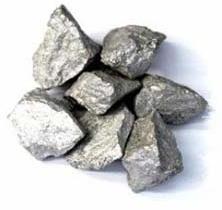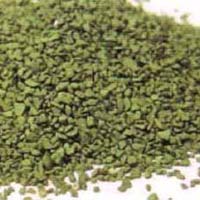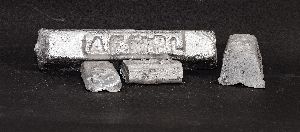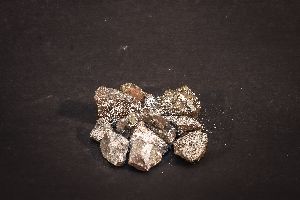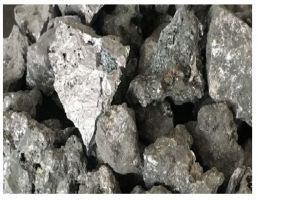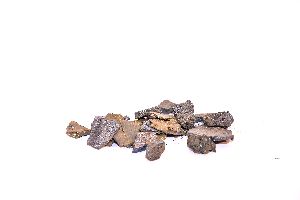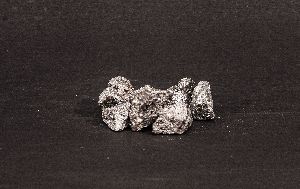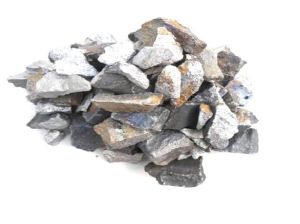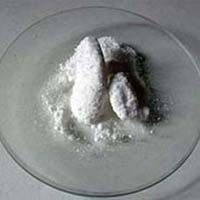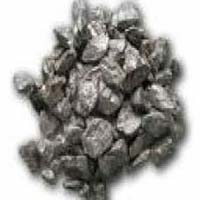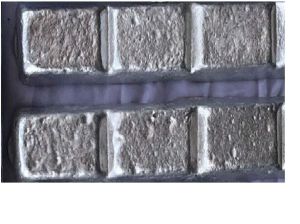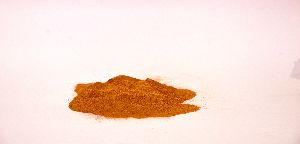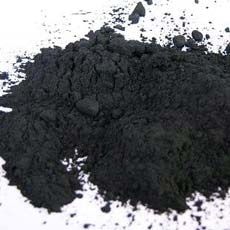- GST No. 22AADCN5948C2ZO
- Send SMS
- Send Email
100 Kilogram (MOQ)
| Business Type | Manufacturer, Exporter, Supplier, Retailer |
| Color | Metallic Gray |
| Material | Nickel |
| Type | Natural |
| Click to view more | |
Preferred Buyer From
| Location | Worldwide |
Product Details
The Ferro Nickel Molybdenum is generally immediately available in most volumes. High purity, submicron and nano powder forms may be considered. American Elements produces too many standard grades when applicable, including Mil Spec (military grade); ACS, Reagent and Technical Grade; Food, Agricultural and Pharmaceutical Grade; Optical Grade, USP and EPBP (European PharmacopoeiaBritish Pharmacopoeia) and follows applicable ASTM testing standards. Typical and custom packaging is available. Additional technical, research and safety (MSDS) information is available as is a Reference Calculator for converting relevant units of measurement. Nickel is a Block D, Group 4, Period 4 element. The number of electrons in each of Nickel's shells is 2, 8, 16, 2 and its electronic configuration is [Ar] 3d8 4s2. in its elemental form nickel. Nickel is sometimes found free in nature but is more commonly found in ores. The nickel atom has a radius of 149.pm .Nickel and its compounds are considered to be carcinogenic. Nickel carbonyl is a very toxic gas. It is extensively alloyed with iron, chromium, molybdenum, tungsten and other metals produce stainless and other anti-corrosive steel and other corrosion-resistant alloys. It is highly electronically conductive and has many applications as a result. It is the basis of the nickel hydride battery. Most recently, its conductive properties have made it an ideal component for ceramic anode formulations used in oxygen generation and solid oxide fuel cell applications. Catalytic nickel is used to hydrogenate vegetable oils. Nickel additions to glass and ceramic glazes impart a bright green. It is also used in pigments for this purpose. Nickel information, including Technical Data, Safety Data and its high purity properties, research, applications and other useful facts are discussed below. Molybdenum is a Block D, Group 6, Period 5 element. The number of electrons in each of Molybdenum's shells is 2, 8, 18, 13, 1 and its electronic configuration is [Kr] 4d5 5s1. In its elemental form molybdenum's The molybdenum atom has a radius of 136.3.pm and it's Van der Waals radius is 200.pm. Molybdenum is toxic unless it is in small quantities. Molybdenum has the third highest melting point of any element, exceeded only by tungsten and tantalum. Molybdenum is a catalyst in the oil refining. It has many other applications, including in catalysts, pigments, corrosion inhibitors and lubricants. It has a very high elastic modulus. Molybdenum is available as metal and compounds with purities from 99% to 99.999% (ACS grade to ultra-high purity); metals in the form of foil, sputtering target, and rod, and compounds as submicron and nano powder. It is used in steel alloys to add hardness and raise melting points. It is a component in Hastelloys brand steel. Molybdenum is used in nuclear reactors and aerospace components. Molybdenum was first discovered by Carl Wilhelm in 1778. The origin of the name Molybdenum comes from the Greek word moulds meaning lead. See Molybdenum research below.

